If you’re looking for ways to improve the performance of your Windows 10 computer, you’ve come to the right place. In this guide, we will be sharing some tips and tricks that can help you speed up your system and make it run more smoothly.
Windows 10 is one of the best operating system that is made by Microsoft. And by doing this, you can expect an increase in your Windows 10 system performance, better responsiveness and a lot more. In this guide, we will be sharing ways that can help speed up your system and make it run more smoothly. From adjusting your power settings, to updating your system, removing the unnecessary programs, and running disk cleanup and more.
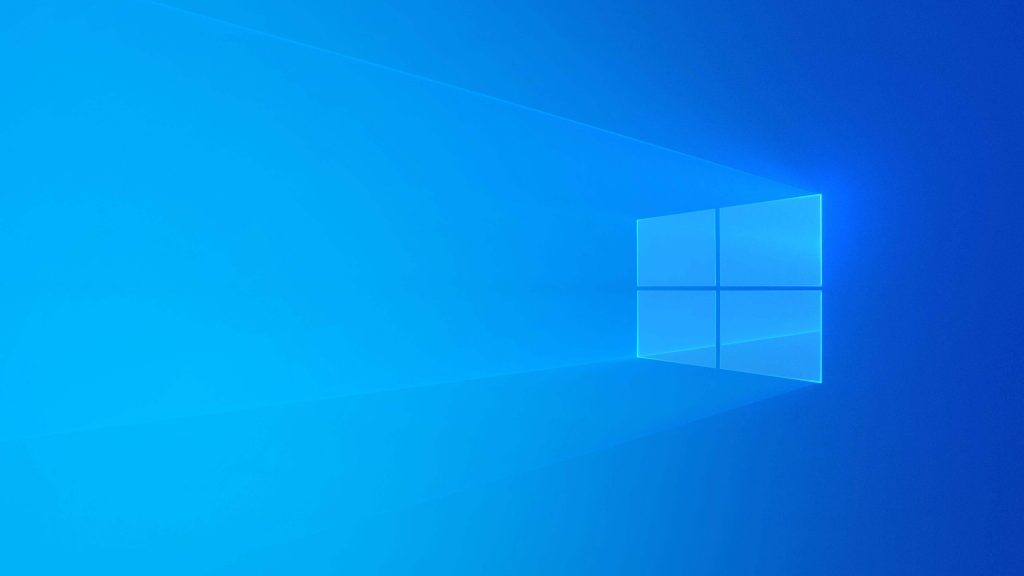
1. Adjust your power Plan settings
You can adjust your power Plan settings to “High Performance” to improve performance. Go to Settings > System > Power & Sleep > Additional Power Settings and then click the High Performance.
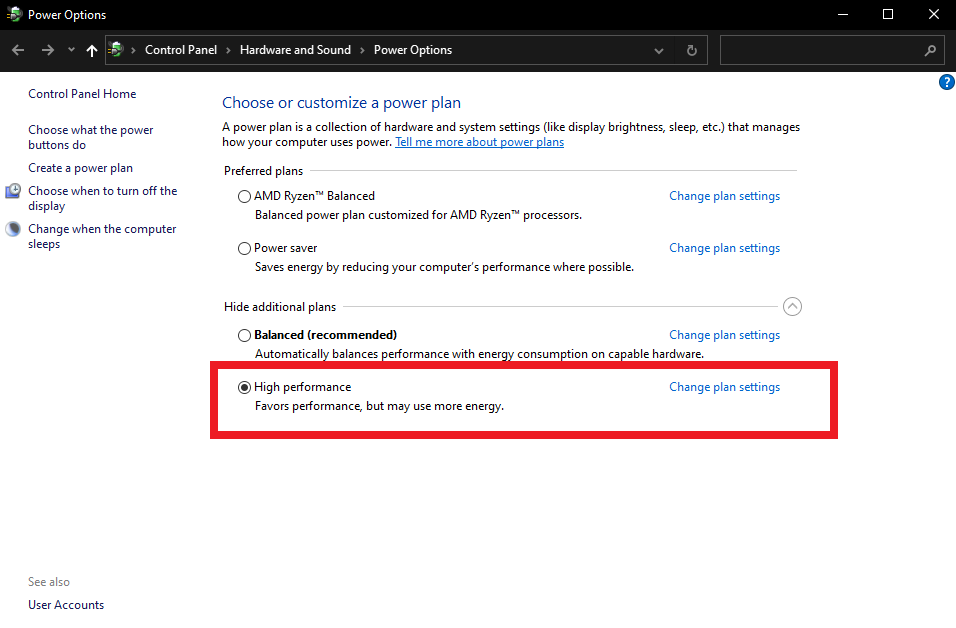
2. Check the latest Windows Update
Go to Settings > Update & Security > Windows Update. Under the Windows Update click the Check for updates to ensure that you got the latest update and drivers that can improve your performance.
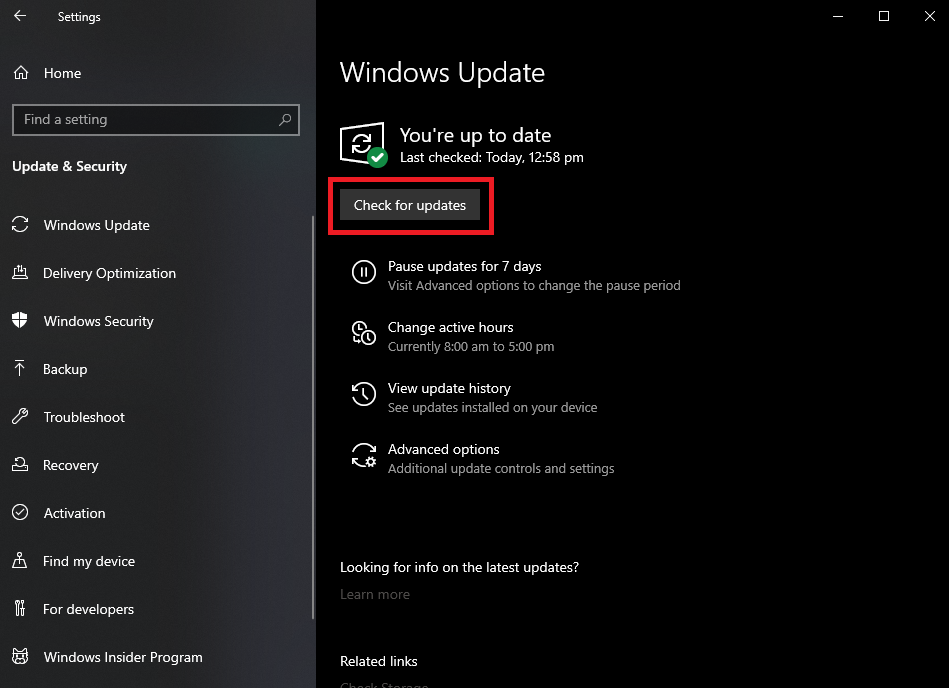
3. Uninstall the unnecessary programs
Go to Settings > Apps and select the program that are not needed and click uninstall.
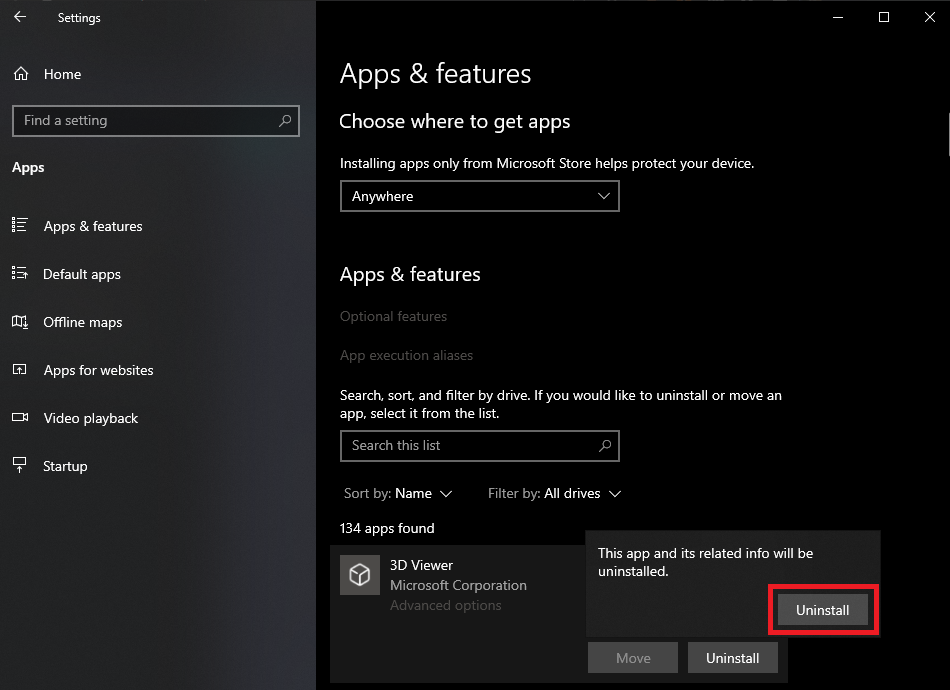
4. Running Windows Disk Cleanup
Go to Start and type Disk Cleanup and select it. If you have one or more drive that are installed in the system select which drive you want to perform the Disk Cleanup. After that you can select what files do you want to delete. If you want to go further click Clean up system files to view more files.
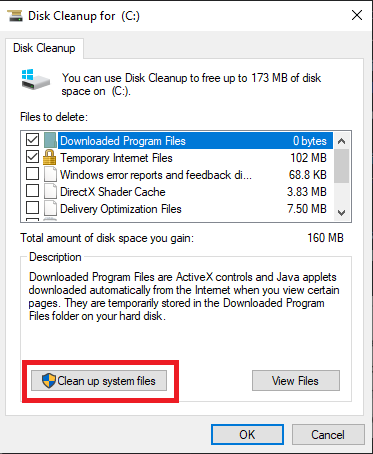
After clicking the Clean up system files, select the files that you want to delete. And then Click OK
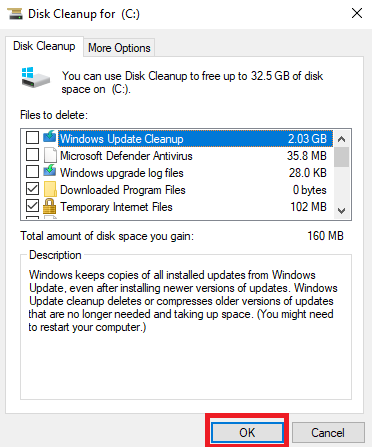
5. Disable the Unnecessary Startup Programs
Ever since the recent update of Windows 10, the startup options have been moved to the Task Manager.
Go to Start and search Task Manager, under the Startup Section you can enable and disable the programs that are installed on startup.
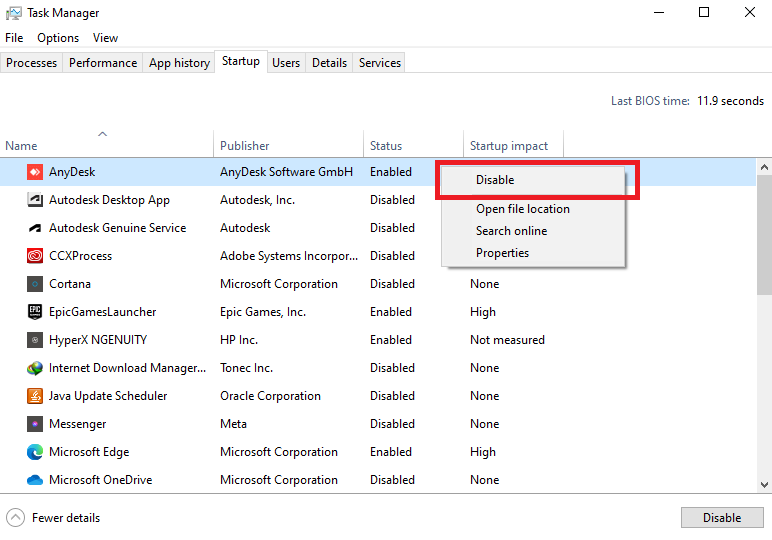
6. Perform A Virus Scan
Make sure your computer is not infected with any viruses or malware, as these can slow down your system. Go to Settings, select Windows Security and click Virus & Threat Protection. Go to Settings > Update & Security > Windows Security > Virus & Threat Protection. Under the Virus & Threat Protection Updates click Check for updates.
There are many scan options that are available but if you want to do Full scan Click Scan options and click Full Scan and click Scan now.
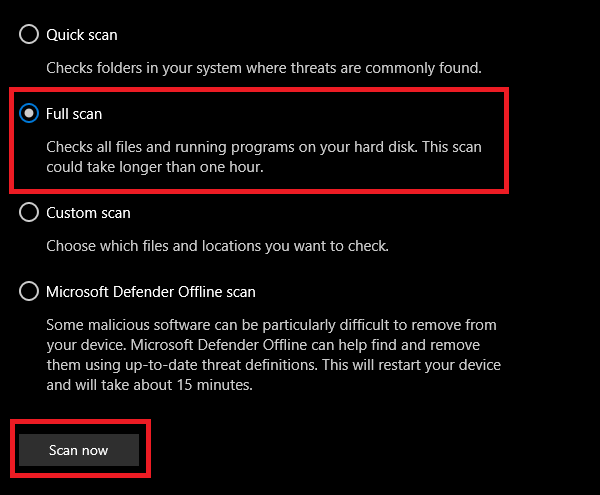
7. Performance over Quality
If you want to sacrifice quality to gain more performance you can disable the visual effects by going to Settings > System > About > Advanced system settings. Under the Advanced tab you will see the Performance, User Profiles and Startup and Recovery. Under Performance select Settings. Click the Adjust for best performance to disable the visual effects that are enabled by default.
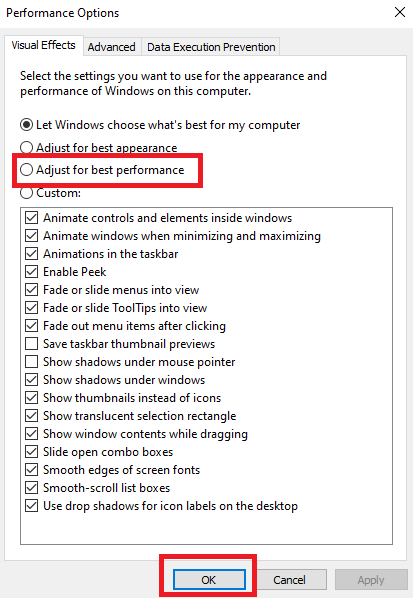
8. Increasing the Virtual memory (optional)
By going to Settings > System > About > Advanced system settings. Under the Advanced tab you will see the Performance, User Profiles and Startup and Recovery. Under Performance select Settings and go to Advanced tab and change the virtual memory. Remove the check from the Automatically manage paging file size for all drives and then select Custom size. It is recommended to use the trick 1.5 times your physical memory at a minimum and up to 4 times the physical memory at most to ensure system stability. Page file should only be increased when there is an out of memory error.
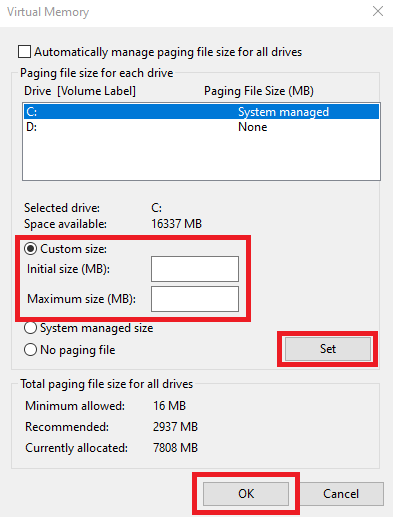
9. Disable Run Time Services
There are some unwanted runtime services that are enabled by default which take up space, waste resources and make the computer longer to start. To disable all unwanted service, go to Start Menu and type Run, type “msconfig” and press OK. On the Services tab you can see all the services that are installed in the system. If you are not sure what to disable in case of destroying the system click Hide all Microsoft services to remove all Microsoft related and select the service on what you want to disable then press Apply and OK and restart the pc.

10. Update Your Drivers
You may miss out major updates. This may depend on your system’s specifications. By updating the graphics driver, it could help increase performance and provide better support for the applications that are installed in the system.
You can go to Start and search for Device Manager and look for Display Adapters. Right click the device that is inside the Display Adapter and select Update Driver option.
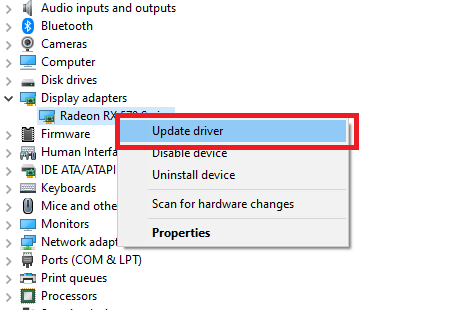
You can either Automatically search for update or install the driver from your pc manually.
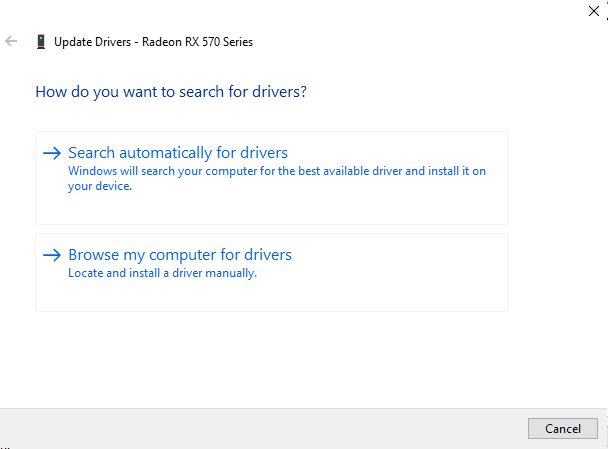
or Download the tools and Utilities made by the manufacturer that are available for free.
The following are the links to download the tools and utilities for:
By following these simple tips your Windows 10 performance will increase.
Did your Windows 10 performance improve? Let us know in the comment section below.
